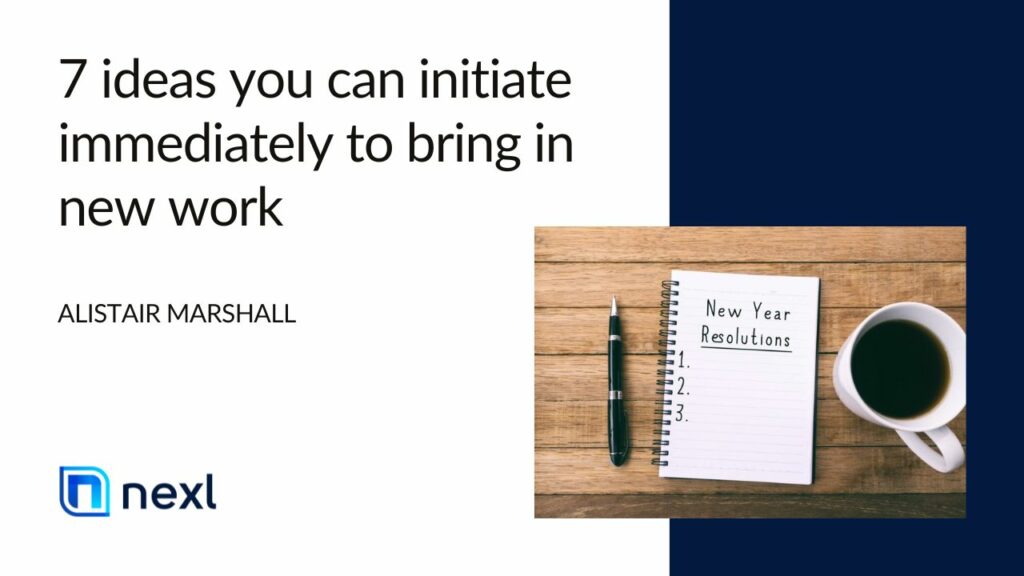BY ANAND ABLACK
PUBLISHED ON CANADIAN LEGAL INNOVATION FORUM (CANLIF)
I recently had the privilege of participating in an insightful Canadian Legal Innovation Forum (CANLIF) roundtable on innovation within the class action space in Canada. It was an incredibly informative discussion, given the participants’ depth and breadth of knowledge on class action and mass tort trends, litigation finance and legal technology. My colleagues on the panel included:
- Jesse Hoerman, founder/CEO, SimplyConvert
- Kevin McLaren, partner, Hammerco
- Paul Rand, chief investment officer, Omni Bridgeway
- Aaron Wenner, founder/CEO, CiteRight
While we touched on several areas, one of the most interesting discussion topics was the use of technology. The discussion boiled down to this: The most successful class action and mass tort firms are adopting technology at a faster rate than the legal industry at large because they rely more heavily on scale and efficiency than other practice areas. And, on the other side of the value equation, law firm clients are increasingly demanding such technology adoption.
Examining the legal tech adoption gap
Ask those who work in the legal space know, the industry traditionally lags behind other sectors in technology adoption. However, the pandemic and new service delivery expectations from clients are changing this picture rapidly. The 2021 Wolters Kluwer Future Ready Lawyer Survey found that over three-quarters of lawyers believe technology will have the most significant impact on their business over the next three years. Still, only 33% say they’re ready for this change or are able to move forward with tech adoption. Lawyers know they need technology but aren’t moving forward with it. Why is that?.
“Lawyers are good at evaluating risk and finding the things that can go wrong—that’s what they’re paid to do,” Aaron Wenner told the participants. His company, CiteRight, provides tools to help litigators drive efficiencies in legal research, drafting and the creation of litigation work product. “New technology is frequently risky. The natural inclination for lawyers is to determine the ways in which it won’t deliver on its promises.”
Wenner’s words crystalize why the adoption gap exists—it’s not in the nature of most lawyers to jump into something new, let alone drive business process reengineering. If they have a method that reduces risk, they stick with it, even if it’s outdated and inefficient.






